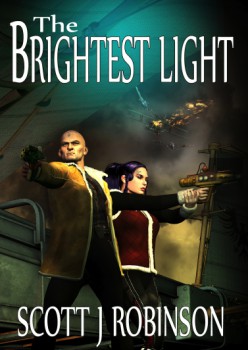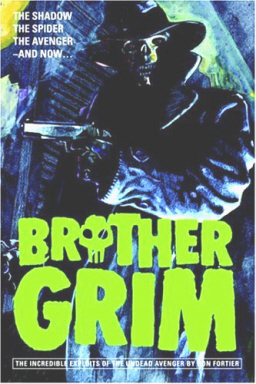Law vs. Chaos replaces Good vs. Evil?
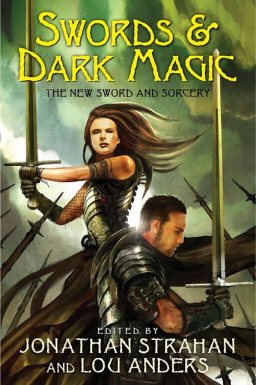 Jonathan Strahan and Lou Anders dedicate their sword and sorcery anthology Swords and Dark Magic to Robert E. Howard, Fritz Leiber, and Michael Moorcock as “the great literary swordsmen who made it possible.” Creating one of the most memorable characters in the genre — the “anti-hero” of Elric of Melniboné — would be enough to earn Moorcock this acknowledgment. But Strahan and Anders suggest that:
Jonathan Strahan and Lou Anders dedicate their sword and sorcery anthology Swords and Dark Magic to Robert E. Howard, Fritz Leiber, and Michael Moorcock as “the great literary swordsmen who made it possible.” Creating one of the most memorable characters in the genre — the “anti-hero” of Elric of Melniboné — would be enough to earn Moorcock this acknowledgment. But Strahan and Anders suggest that:
It might be his alteration of the battle of Good versus Evil into that of Law versus Chaos (with disastrous consequences implied if either side ultimately triumphed over the other) that made the most significant contribution to fantasy literature (p. xv).
For those who may be unfamiliar with this distinction, Moorcock’s fantasy universe (or multi-verse) is populated, and seemingly controlled to some extent, by the Lords of Law and the Lords of Chaos. These god-like beings seemingly have mysterious and unfathomable intentions.
But they often appear to desire to exert their Lawful or Chaotic control over mortals and their worlds. As Strahan and Anders note, results are calamitous for any such world and its inhabitants when the scale tips too far towards either Law or Chaos.
No doubt this “alteration” has been significant. Outside the realm of fantasy literature, Moorcock’s Law versus Chaos contrast is most notably seen in the early Dungeons and Dragons rules. Its famous notion of alignment spawned a whole cosmological picture upon which this historically important game was built. (See Appendix 1 “The Known Planes of Existence” in Deities and Demigods.)
Nevertheless, I disagree with Strahan and Anders’s wording of this LC contrast. They seem to suggest — and they are not the first to do so — that Moorcock’s LC is a replacement of the traditional Good versus Evil dynamic within his famous sword and sorcery tales.
I want to suggest that it is rather an added facet. I’ll look at just one of Moorcock’s famous Elric stories to make this case.
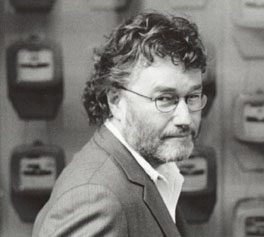
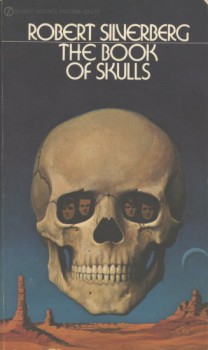
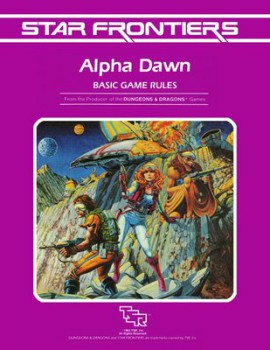
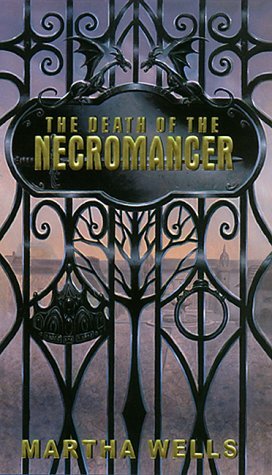
 Growing up reading superhero comic books, it was almost inevitable that I’d hear about Philip Wylie’s 1930 novel Gladiator. It was said to be the inspiration behind Superman, the original story about an ultra-powerful strong man who set about trying to right wrongs. Growing older, I heard more: that Jerry Siegel, Superman’s co-creator, had reviewed the book for a fanzine; that he’d swiped dialogue from the book for use in his comics; that Wylie had threatened to sue.
Growing up reading superhero comic books, it was almost inevitable that I’d hear about Philip Wylie’s 1930 novel Gladiator. It was said to be the inspiration behind Superman, the original story about an ultra-powerful strong man who set about trying to right wrongs. Growing older, I heard more: that Jerry Siegel, Superman’s co-creator, had reviewed the book for a fanzine; that he’d swiped dialogue from the book for use in his comics; that Wylie had threatened to sue. 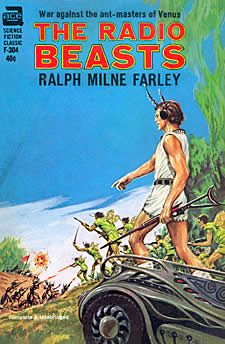
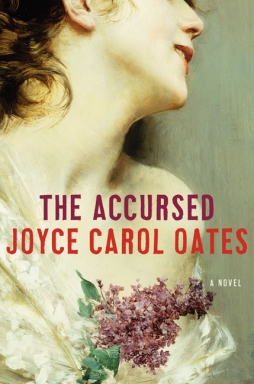 Last October, I looked at the four books of Joyce Carol Oates’ Gothic Quintet that had been published up to that point. I wrote about them in publication order, starting with
Last October, I looked at the four books of Joyce Carol Oates’ Gothic Quintet that had been published up to that point. I wrote about them in publication order, starting with 